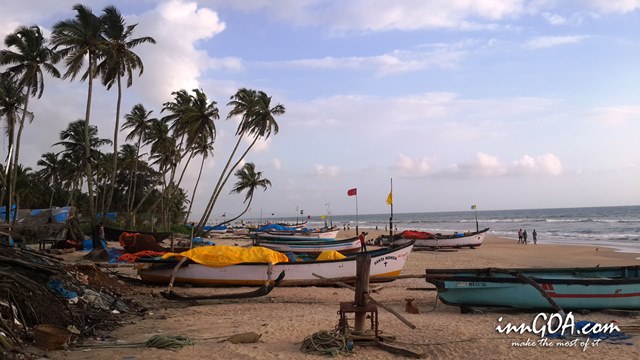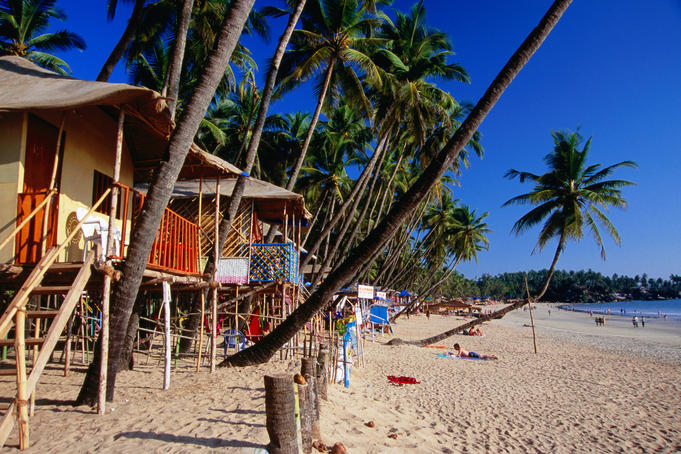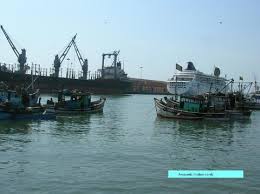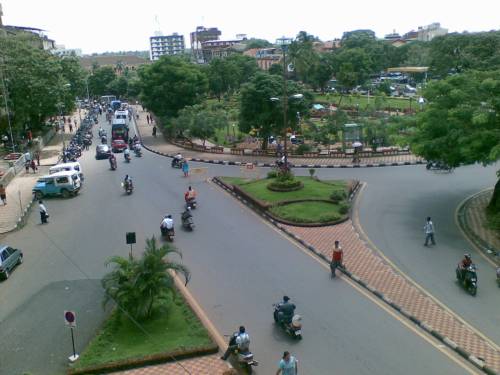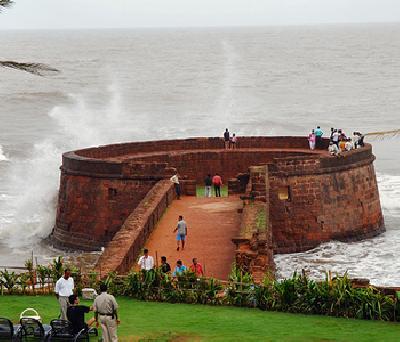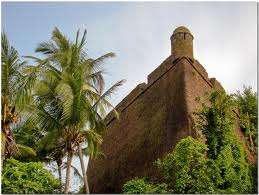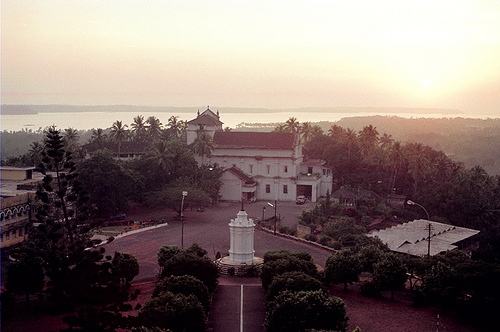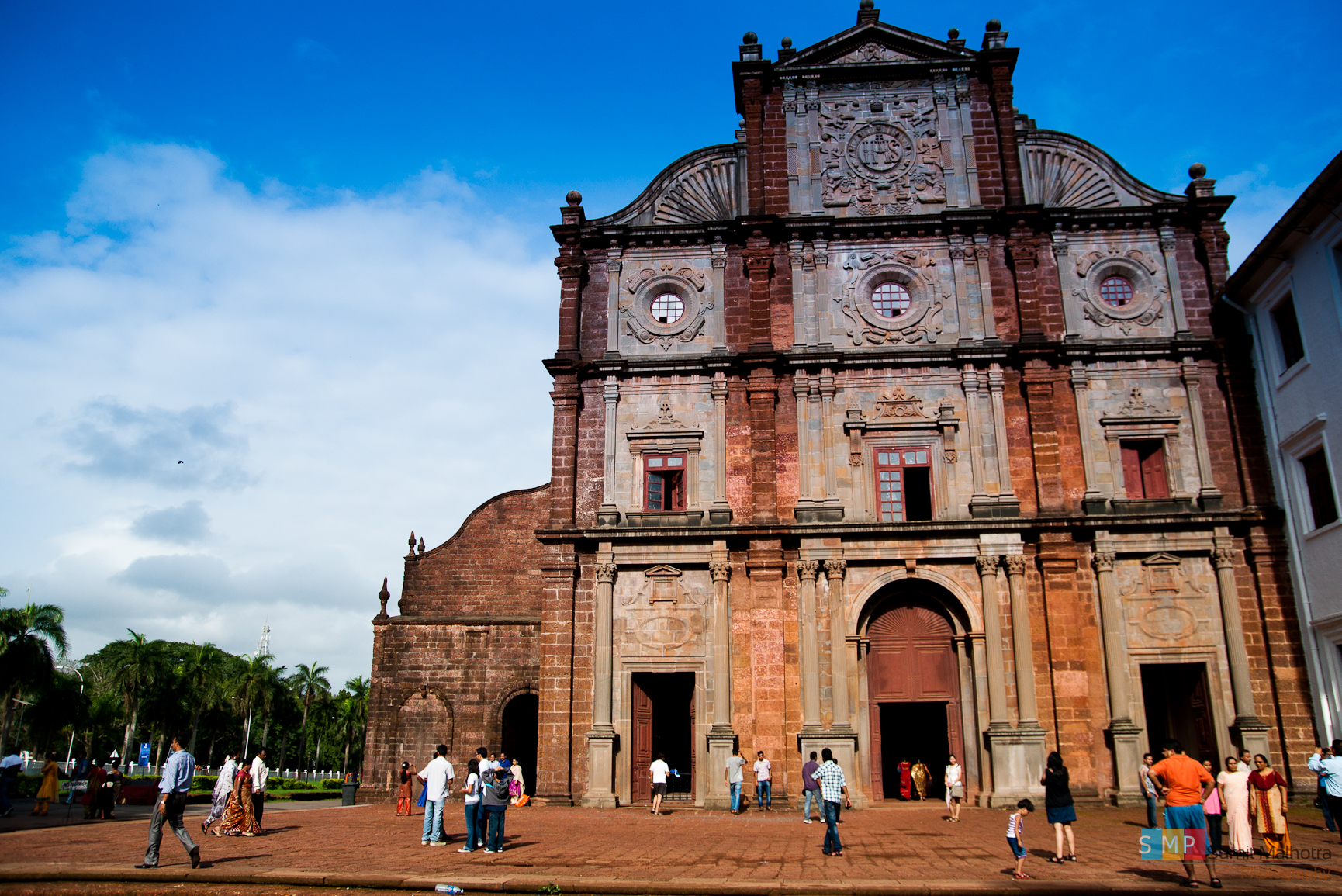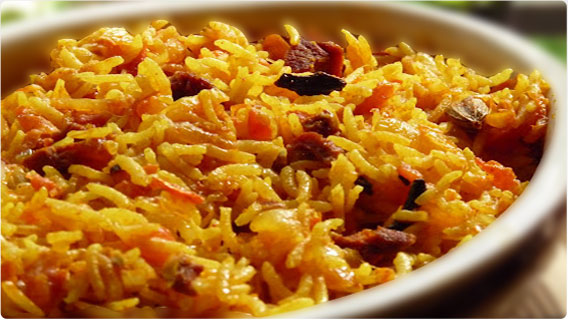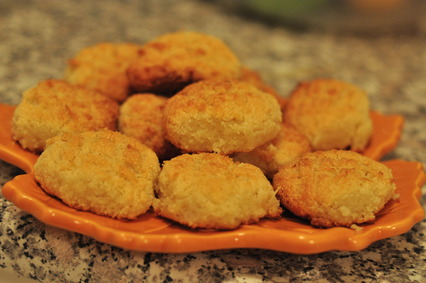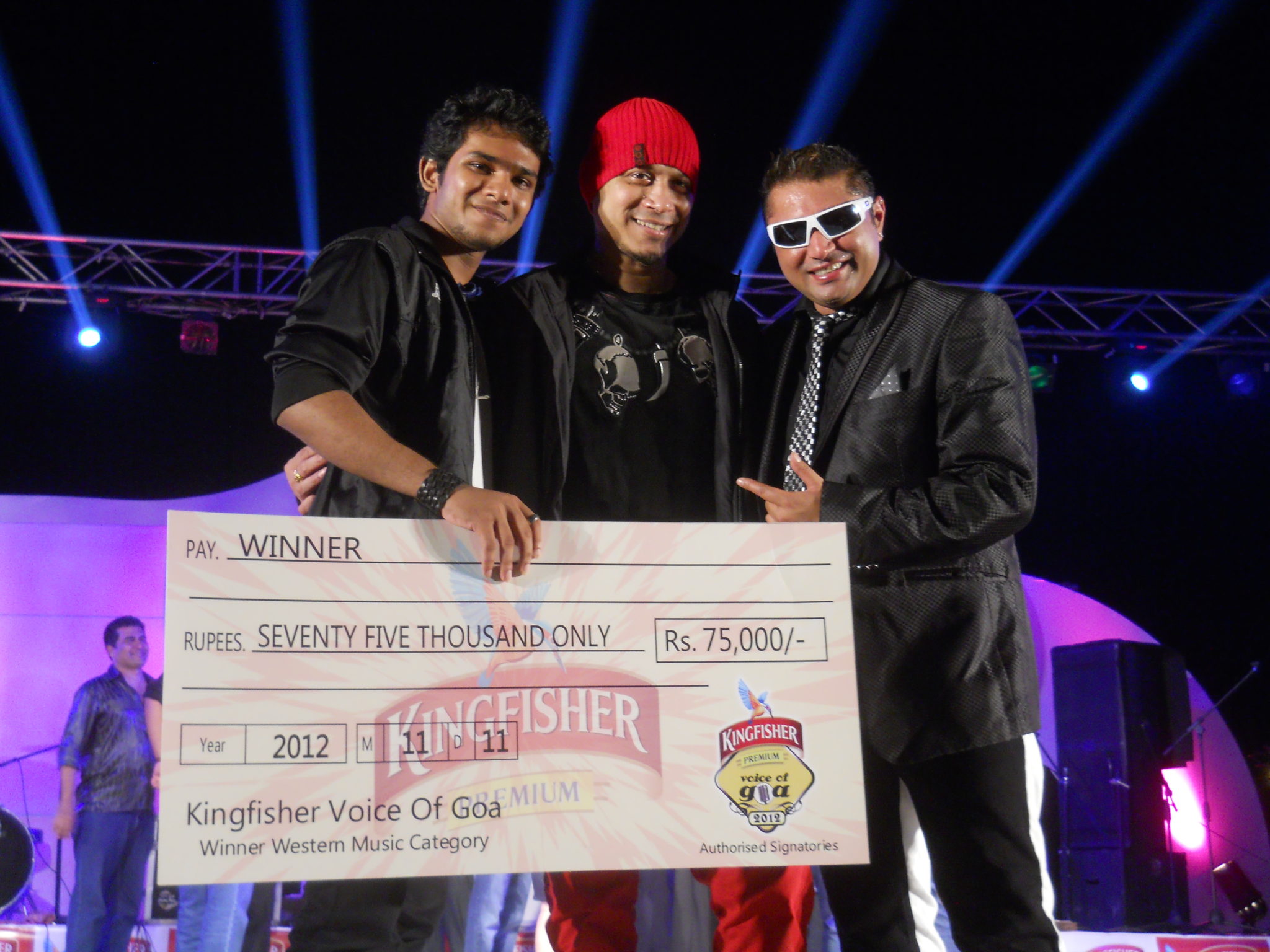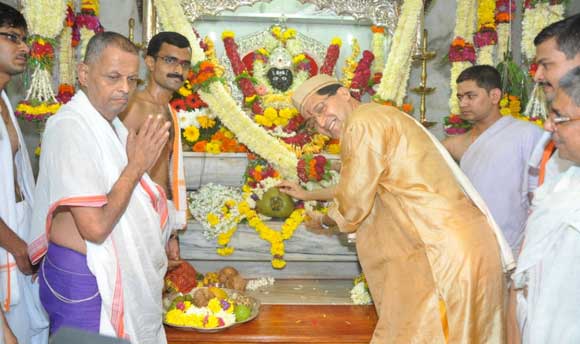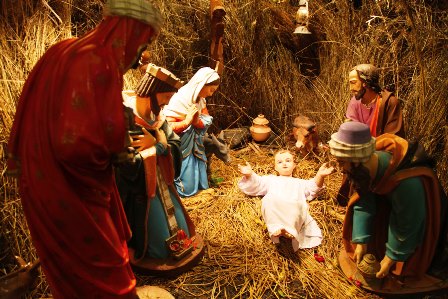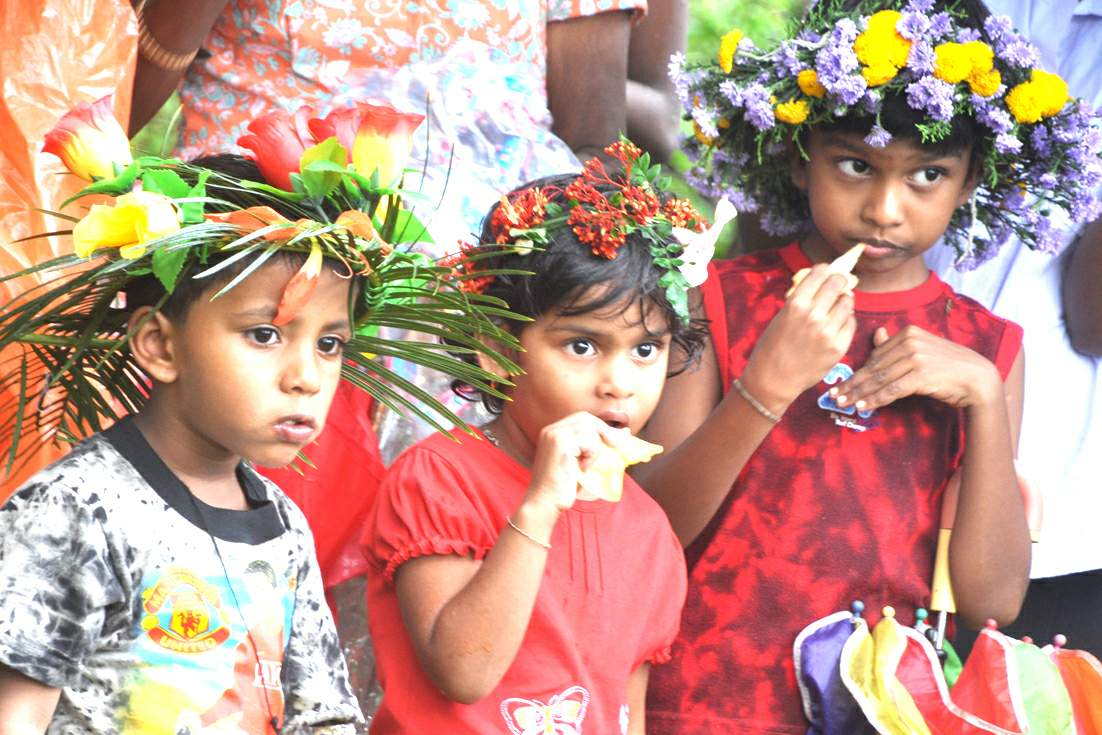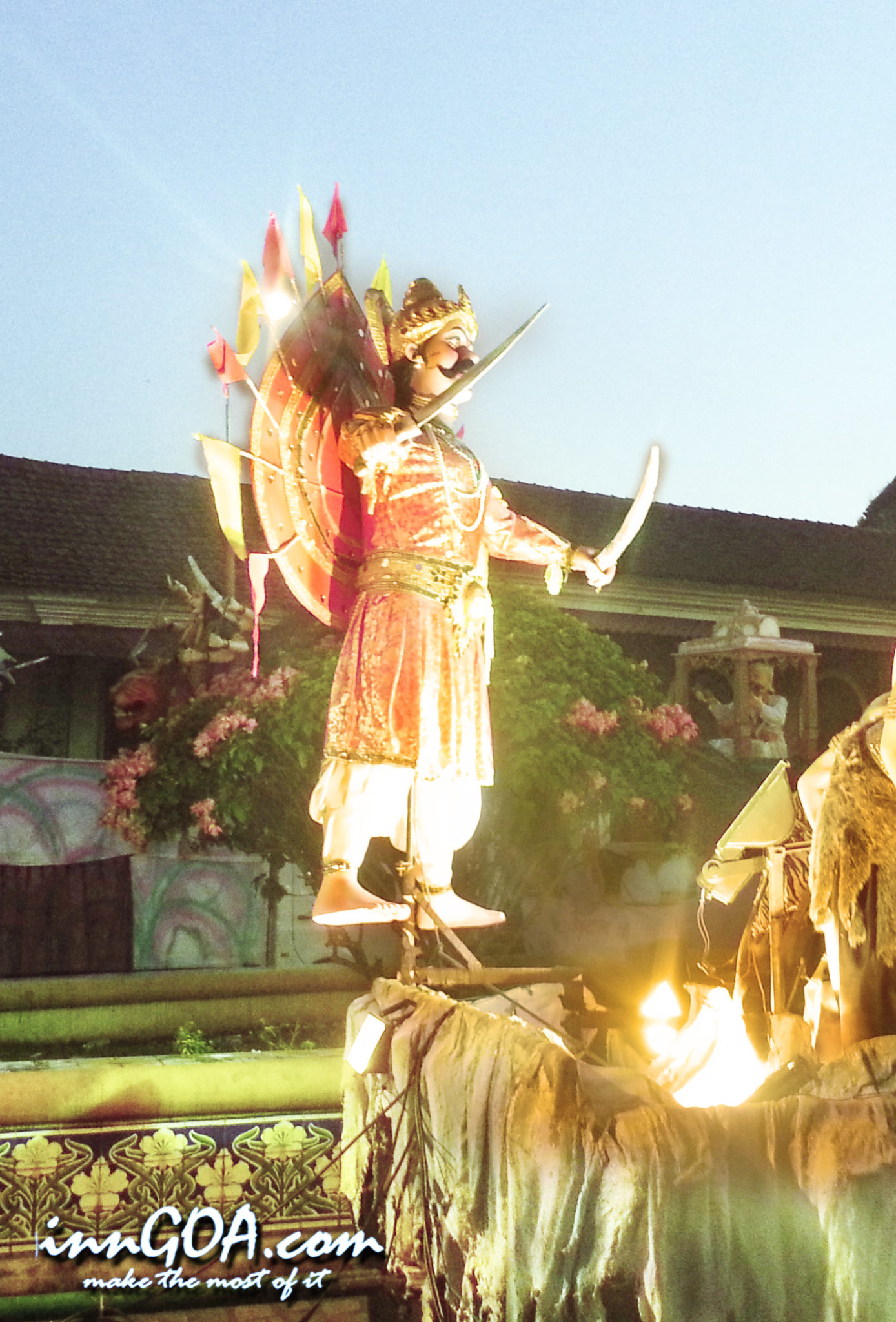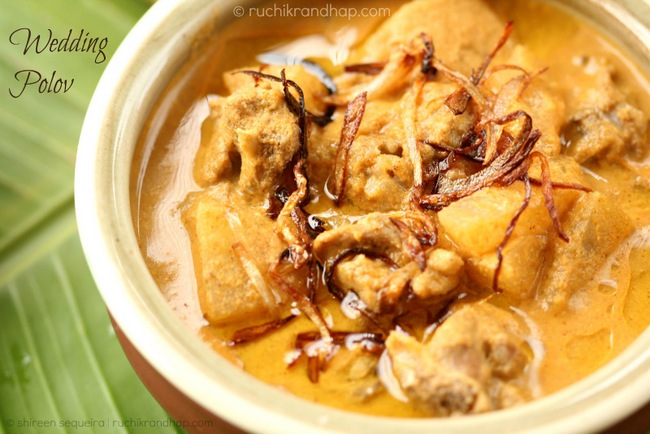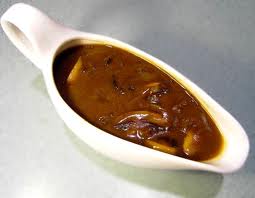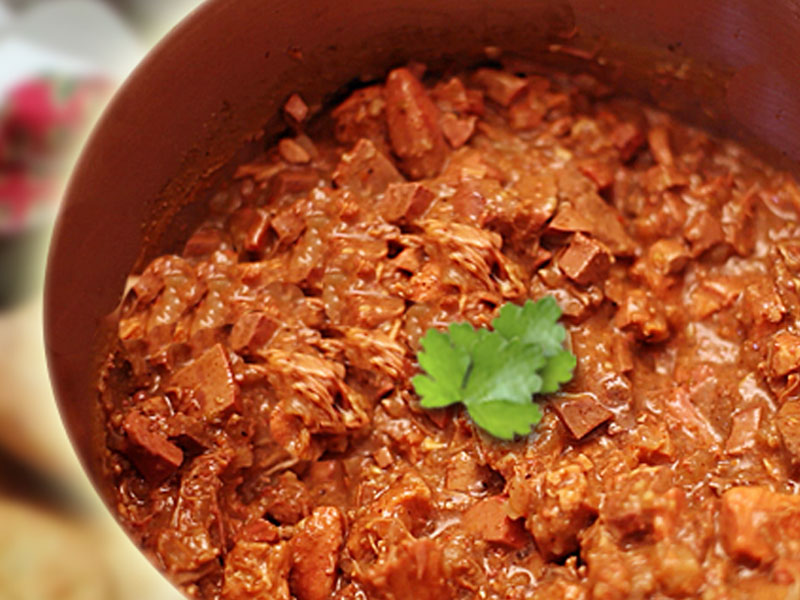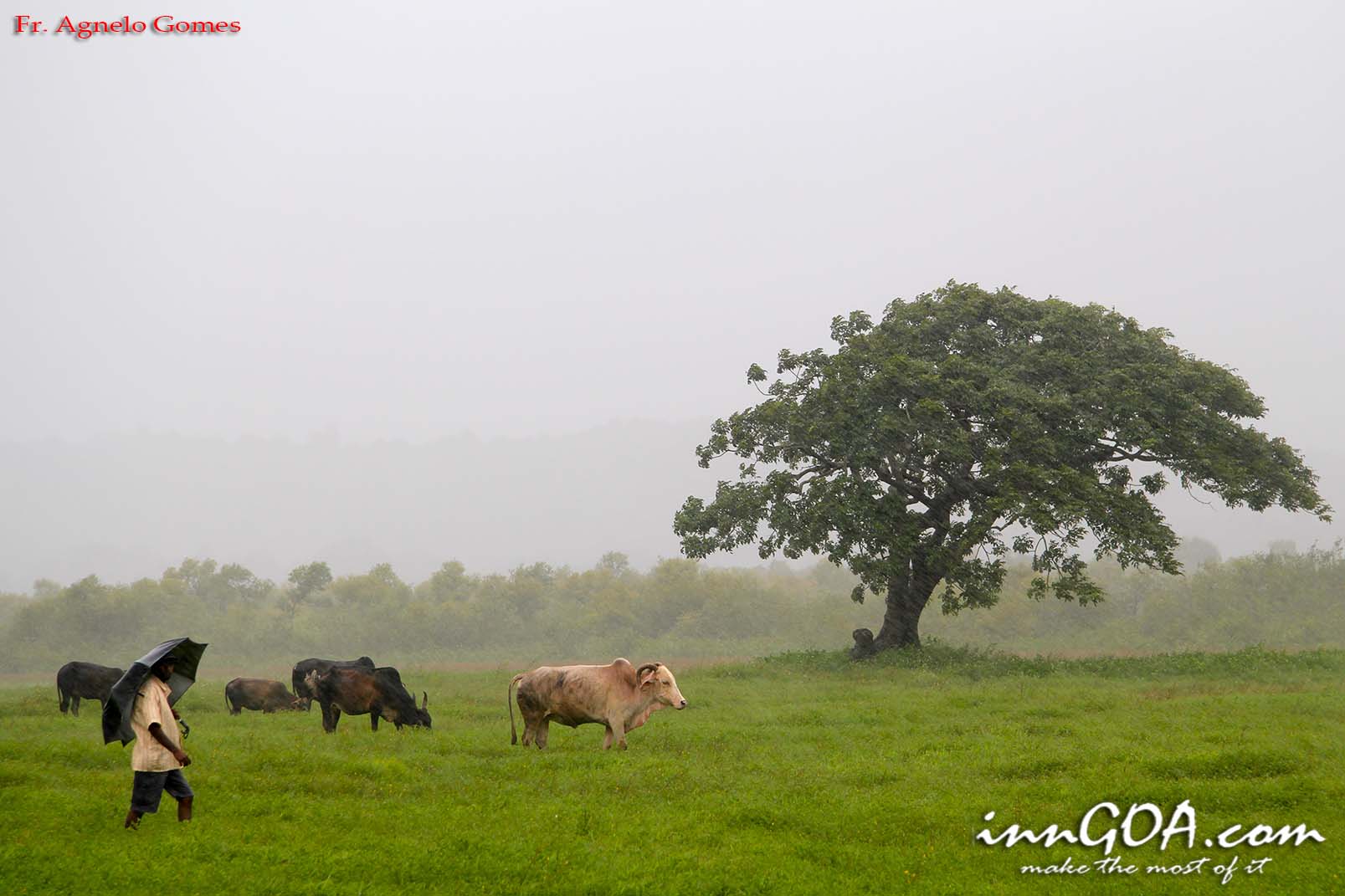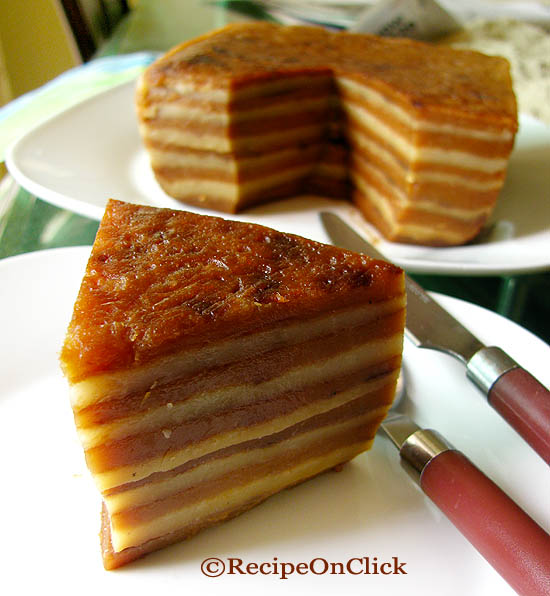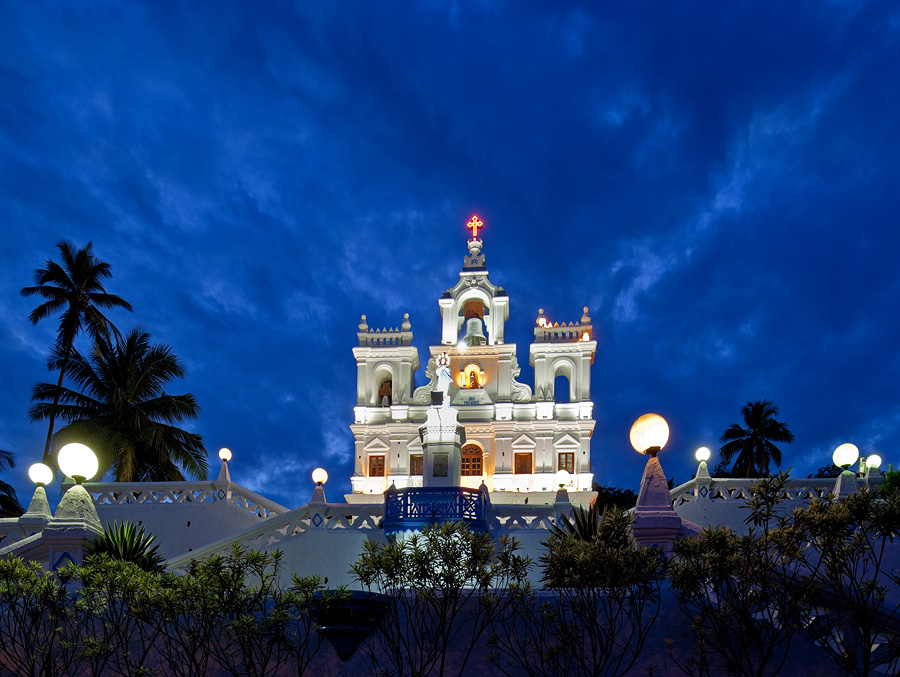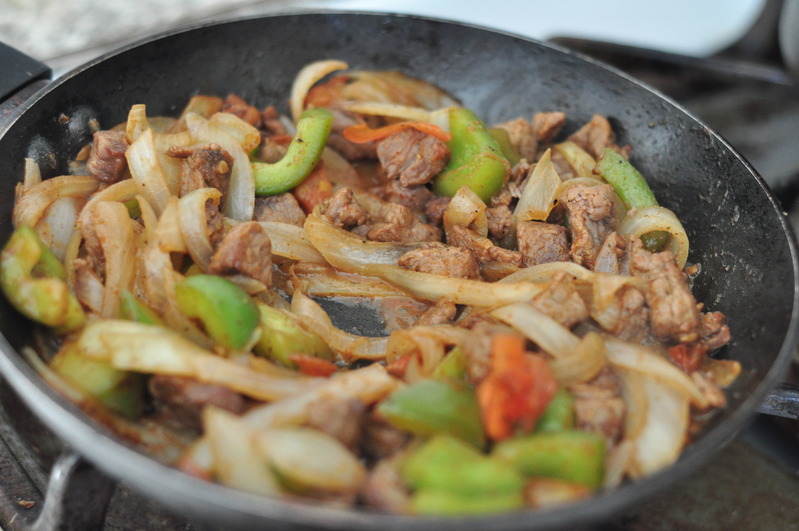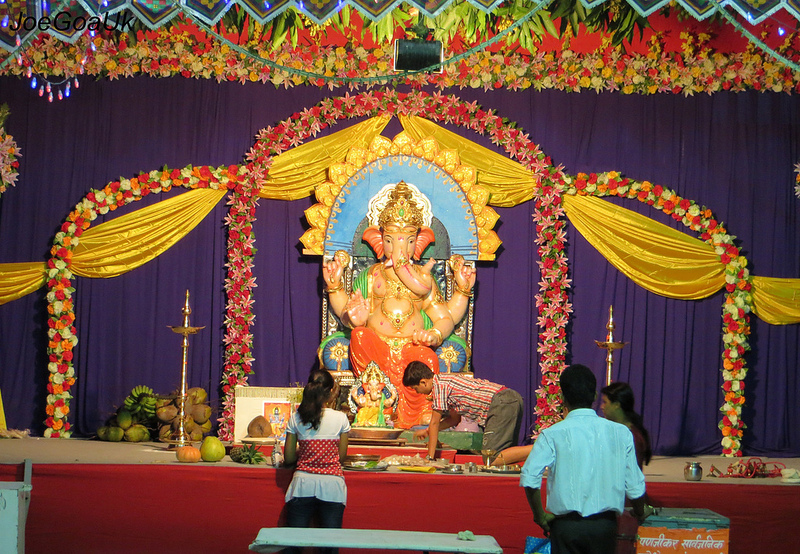Vasco Saptah – Bola Pundalik Varde Hari Vathal
Goa being the beautiful state that it is, is popularly known as the most famous tourist destination. But Goa is much more than just beaches and sea. It has a soul which goes deep into the unique history and its rich culture, despite the long period of Portuguese colonisation. The hindu festivals have retained the unique goan character and are celebrated with deep fervour all around the state.
The festival that intrigues me most, is the Vasco Saptah that is held a day after Nagpanchami that happens in July – august. The word ‘Saptah’ literally means seven days and the festival lasts for a week.
Like every other thing in Goa, this festival too has a story behind it. Legend has it that in the late 19 century, there was a plague epidemic in the city. The health facilities at that time were not that great and so a cure could not be found. The residents of Vasco could not just sit by while this epidemic disease spread, so they did what every Goan does best, turn towards a spiritual path. The local residents turned to Lord Damodar, an incarnation of lord shiva for help, they went to Zambaulim temple (near margao) of lord damodar and brought back a coconut as prasad to be installed for worship in Vasco. The initial installation was at old mata high school.
Being the devoted goans that we are, full of hope, their prayers were answered and the epidemic died out once the worship began. Mr. Anant Subrai Joshi, a well known citizen and philanthropist, offered his house, to house the holy shreepal and from then on, this festival is celebrated annually by all irrespective of caste or creed.
Port Town Vasco, being all work oriented with all the hustle and bustle, goes all out on this day! The religious rituals of Saptah commence at 12.30 p.m. on the day after Nagpanchami with the offering of a new coconut to Lord Damodar by one of the elders of the Joshi family. After the puja, devotees acclaim the Lord with chants of ‘Bola Pundalik Varde Hari Vathal’ to begin the festival. Singing of devotional songs or bhajans starts at this time and continues uninterrupted for 24 hours. At night, a beautifully decorated tableaux (par) with mythological themes is brought in procession to the temple from various parts of the town by different groups of the community. On following day, the holy shreepal, which was anointed the previous year is taken in procession along with dindi, with slogans of ‘Gyanba Tukarama’. The coconut is dipped in the sea and the procession then returns with it to the temple where it forms part of the prasad that is distributed to devotees. People from all over Goa come here to seek blessings in the belief that their prayers will be answered. People from other places in Goa visit the temple to pay obeisance to the deity and to seek blessings. The devotees offer fruits, agarbhatti, flowers, etc, to God. Prayers are said not only for personal peace and prosperity, but also for the safety and welfare of all Vasco da Gama’s citizens. The religious rituals of the festival concludes after exactly 24 hours.
All along the roads and by-lanes of the city of Vasco, the vendors put up their make-shift stalls. The vendors come from all over India to sell everything from trinkets and toys to furniture and the latest in fashion. Whatever you want, name it and its there for your picking. The stalls even remain upto 15 days, one cannot leave this without succumbing to the pretty goodies there are for sale! The Saptah attracts a huge crowd! a happy day to spend and be with your family and loved ones.
This place is not just filled with throngs of people but instead, I see it as a place filled with love, happiness, hope and faith. Our state may have caught up and moved ahead with the modern times, but we go way back when it comes to our faith and culture.
#Vasco City #Festivals of Goa
Vasco Saptah 2012





